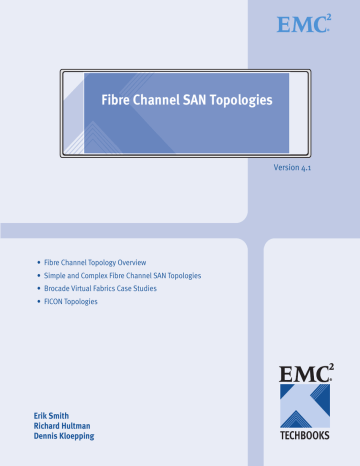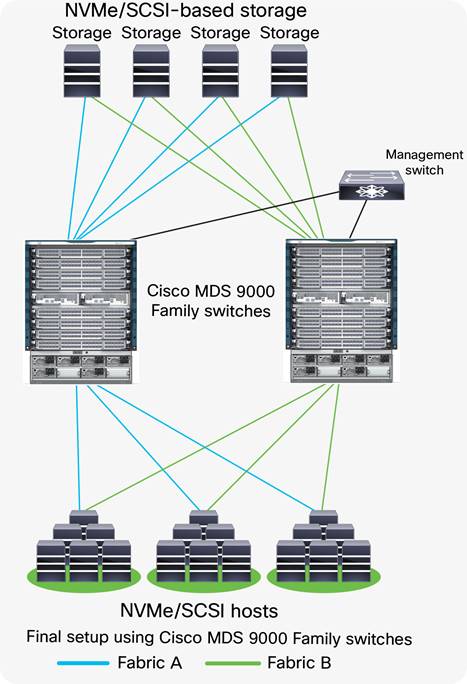


To see the devices which are logged into the switch the following commands can be executed, switch:admin> switchshow Most IT organization follows a uniform naming convention. Executing wrong commands or typos will cause adverse effects, In order to avoid such mistakes, we must note down the WWN’s of the device which we are going to zone together and must decide on naming convention for them. When you access shell of a device you carry a great responsibility. If you are by any chance logged in to the GUI, login to switch using SSH or Telnet.Environment Preparation The steps illustrated in the article must be performed on the switch shell access. The following picture describes our environment for which we are going to perform zoning. This binding is called zoning and it enables the devices to communicate with each other. The idea is to bind WWPN’s of intended devices (ports) together. What this means in terms of zoning is that we can identify devices in fabric using WWNN or WWPN.
#Brocade san switch create zone cli mac#
It is similar to an MAC address that you find in a NIC. WWN is a unique identifier which is burned into the hardware. Basics of ZoningĮach device in a fiber channel fabric will have a unique Word Wide Name (WWN). Before jumping into the procedure let’s spend some time to understand the basics of zoning. In this article, we discuss how we perform zoning in fiber channel switches manufactured by Brocade. Devices from both these vendors do the same thing but the configuration greatly varies. Most popular vendors of storage networking are Brocade and Cisco. By creating zones we are logically partitioning the fabric so that the communication happens only with the intended devices. Why zone? The answer is, to be able to avoid unnecessary traffic between devices participating in fabric and to enhance security. Therefore, even a small server room with SAN fabric is designed with two or more switches for redundancy. What if the switch itself goes offline? In that case, nothing can be done. A single switch with 8 ports can connect to 8 different devices or 4 devices (two connections per device for redundancy). In a traditional data center, fabric and the storage array is given more importance and are always redundant to avoid unexpected and unnecessary downtime. At most SAN directors will have the ports more than 250. Typically most SAN switches will have at least 8 to 16 ports. Each switch will at least connect to another switch and it is called an ISL (Inter-Switch Link). In a fabric, the initiator will be able to reach a target that is across many hops. This switched network is referred as Fabric. A switched network is a high-speed network with one or many fiber channel switches. Due to the limited number of ports available on the array, a switched network is necessary for it to connect to a large number of hosts. A storage array can be directly attached to a host. FC (Fiber Channel) switch is a networking device which enables hosts to connect with one or many storage arrays.


 0 kommentar(er)
0 kommentar(er)
